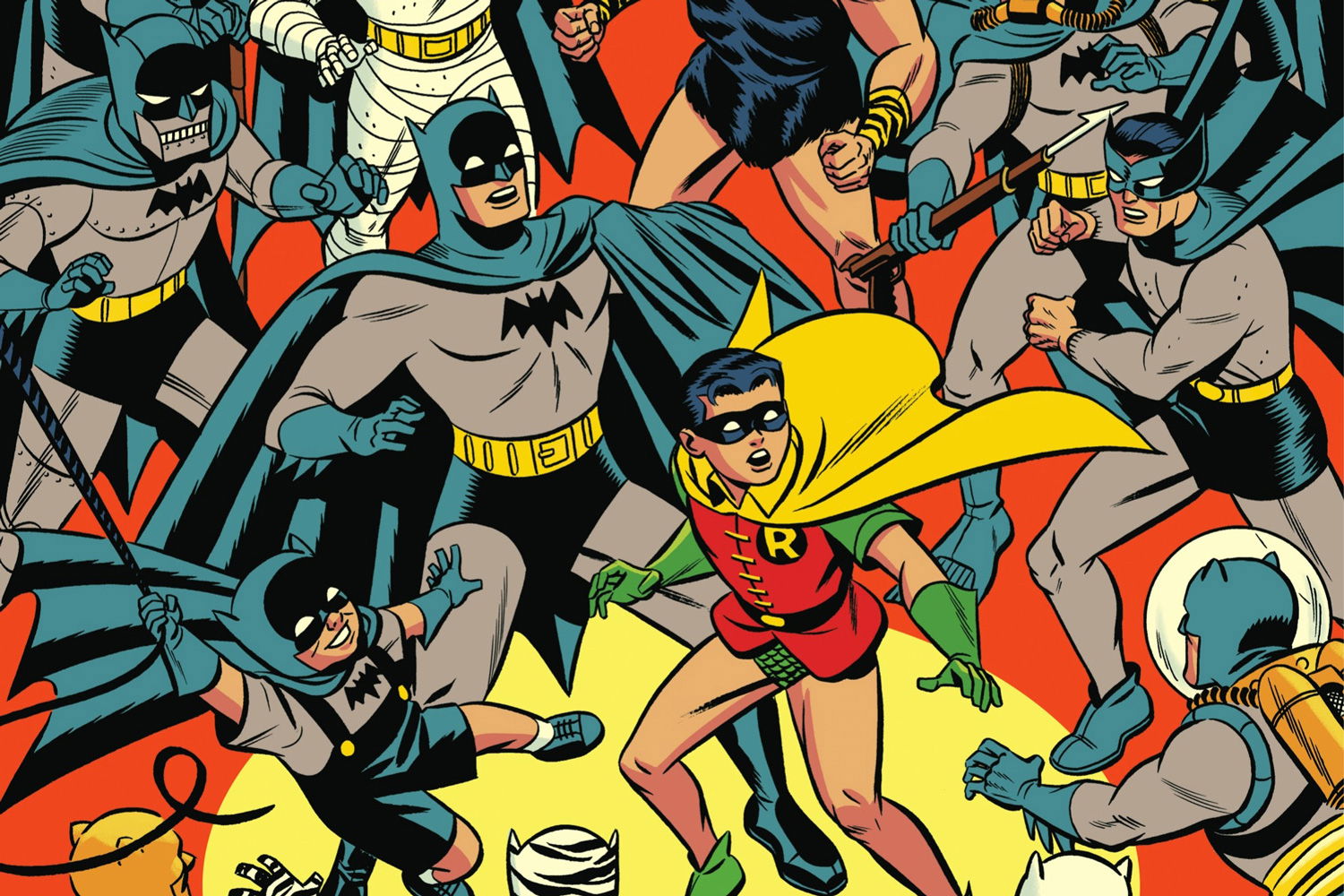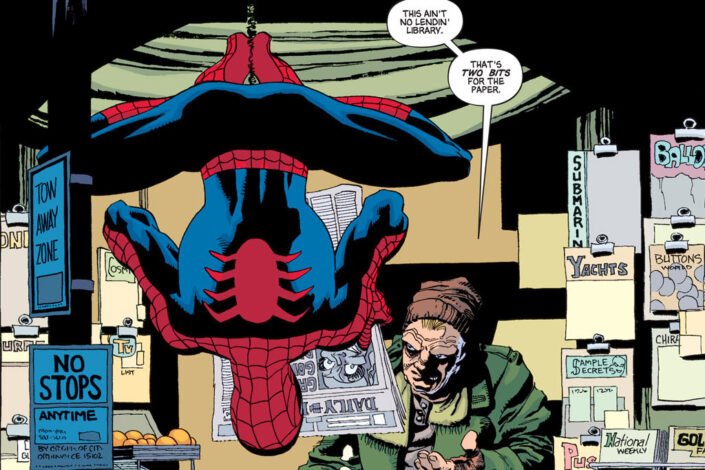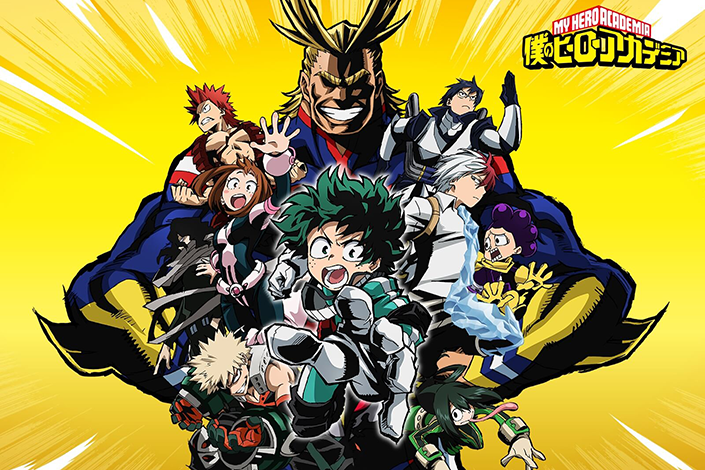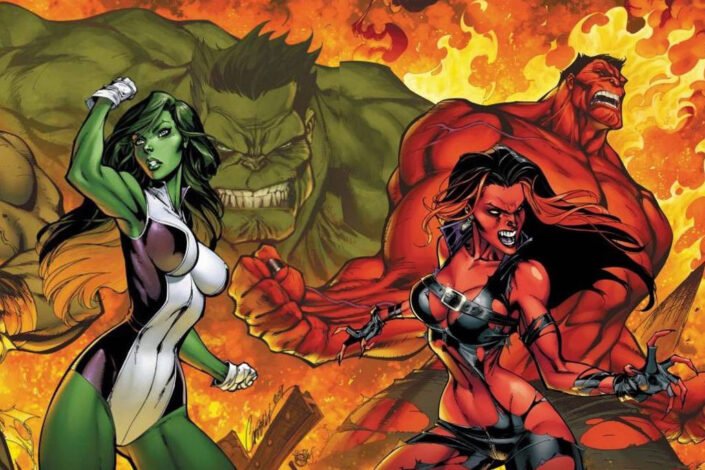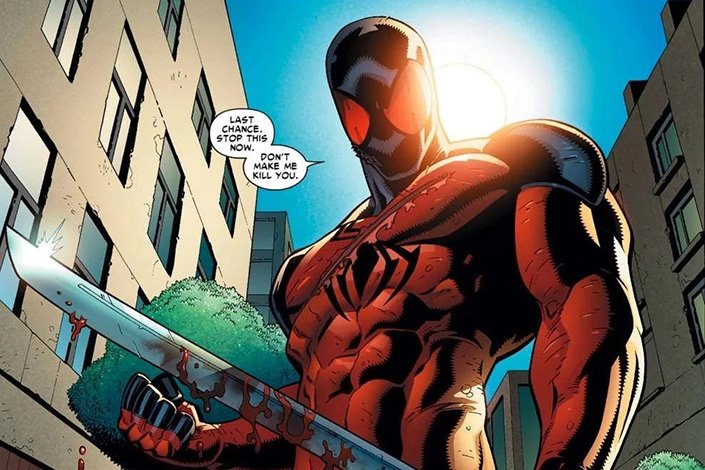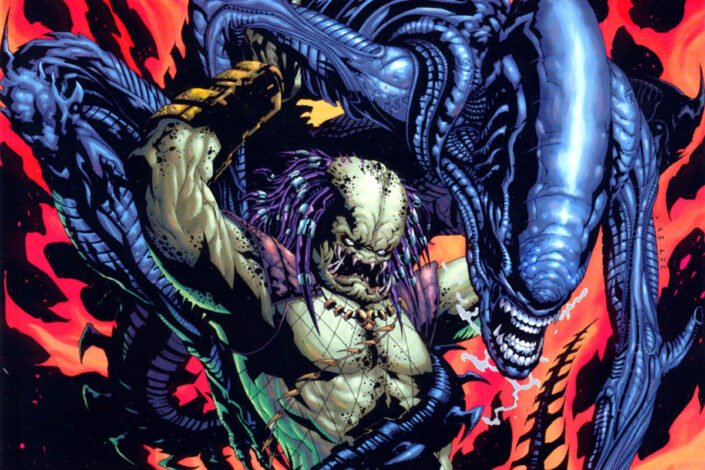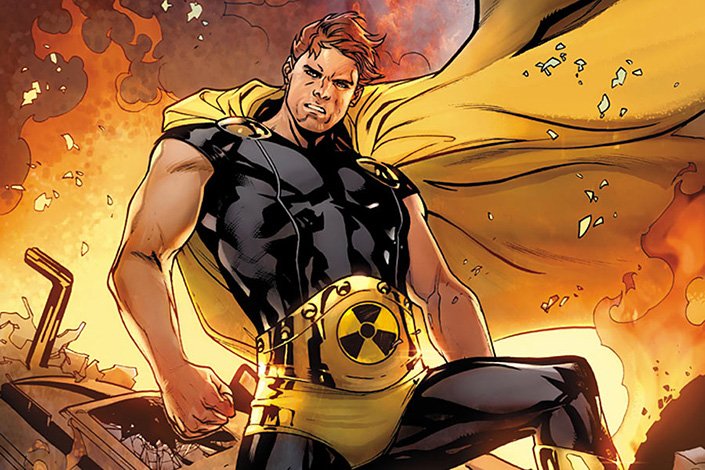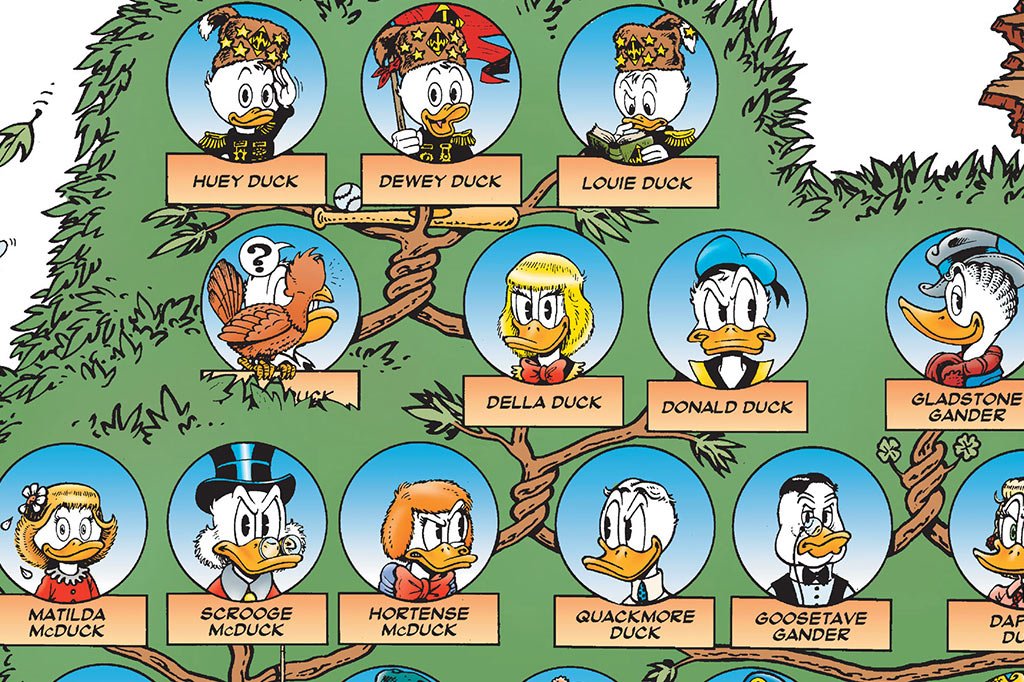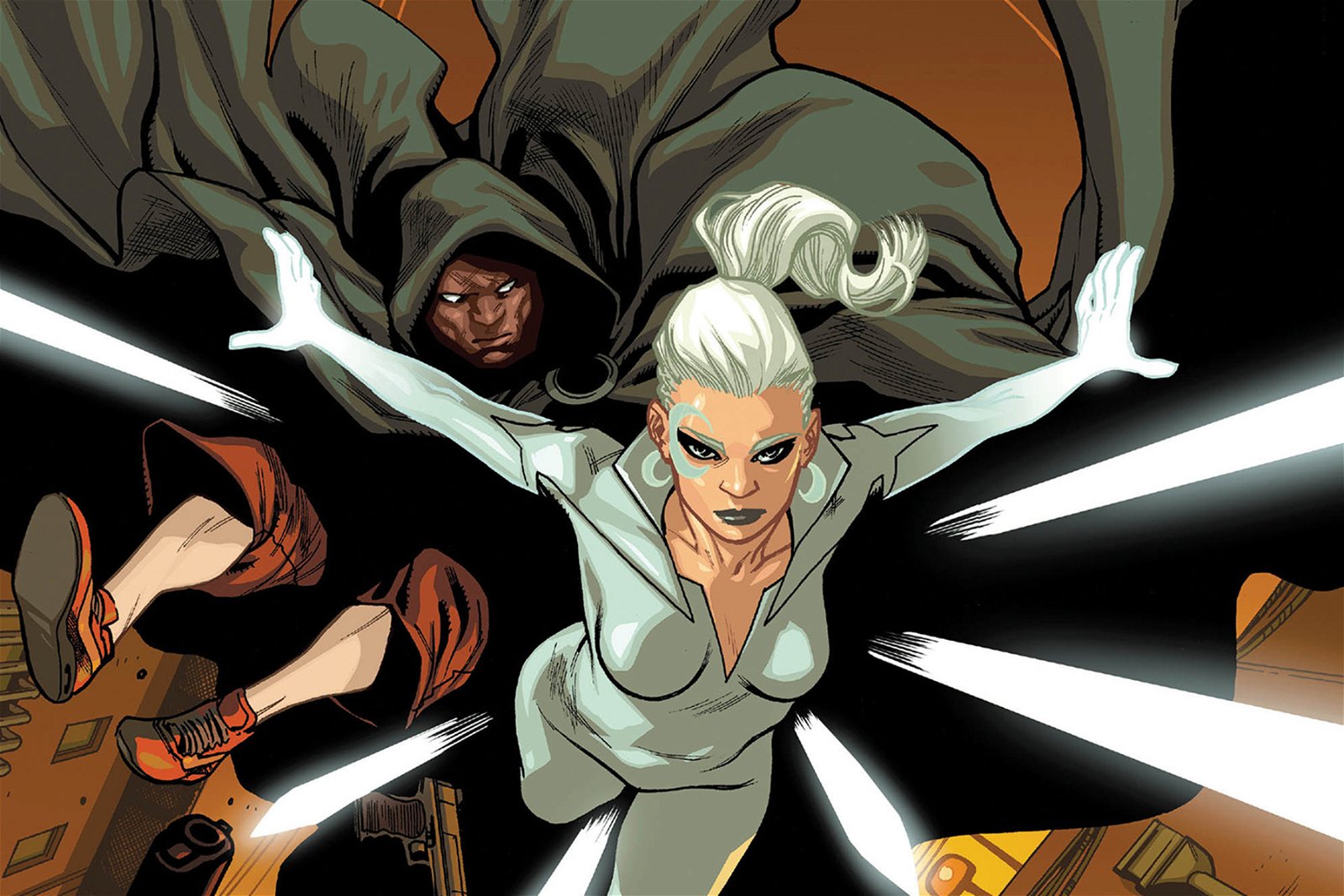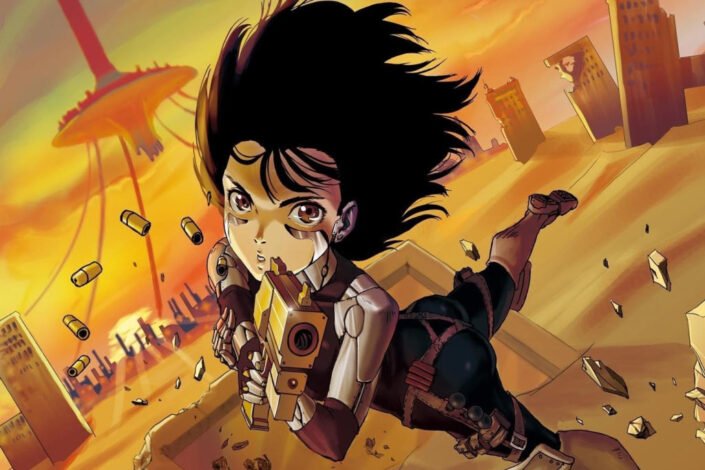Batman Comics, Classic Tales from the Golden Age through Bronze Age!
Holy Batman! The Cape Crusader is one of the most popular comic book superheroes out there and at Comic Book Treasury, but we – until now – didn’t explore his glorious comics past! And by that, I mean the publication from the Golden Age to the Silver/Bronze Age, before the famous Crisis on Infinite Earths and the start of the modern Batman era.
As you know, Batman made his first appearance in Detective Comics #27 (1939) and became so popular that he soon had his own ongoing series with his name on it. And only one year after his debut, he was joined by the most iconic sidekick, Robin!
From the 1940s to the mid-1980s, there have been many Batman (and Robin) adventures, and DC Comics has reprinted them in different collections. This article is here to help you navigate all those collections (some only available second-hand, very pricey or not), and explore those old colorful times for Batman!
Read More »Batman Comics, Classic Tales from the Golden Age through Bronze Age!
